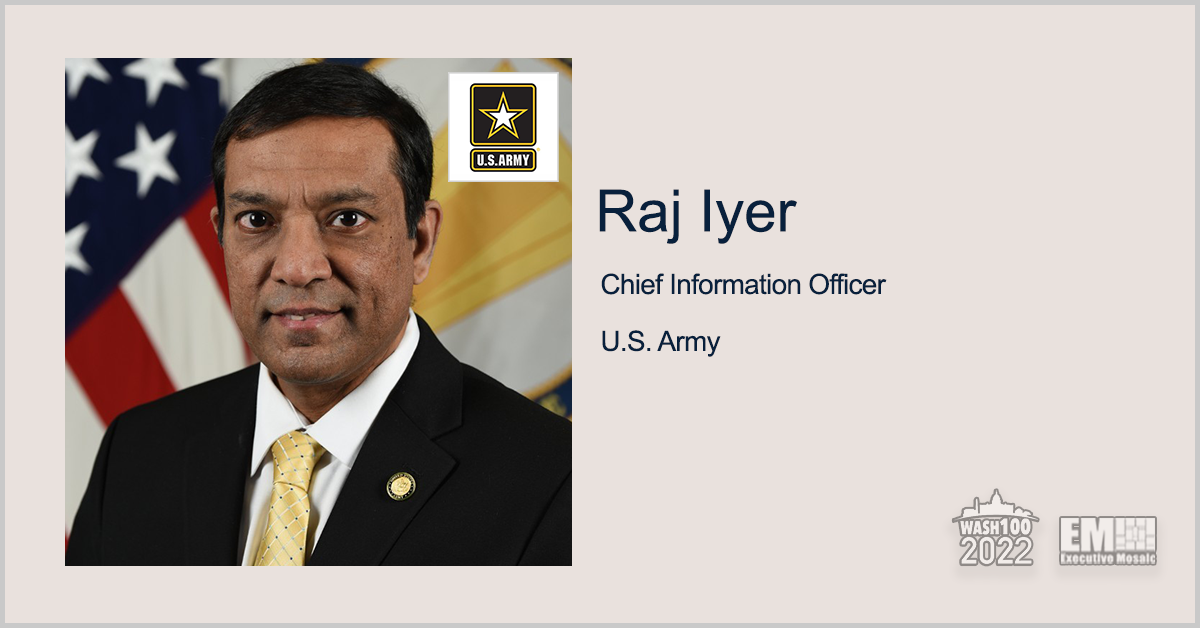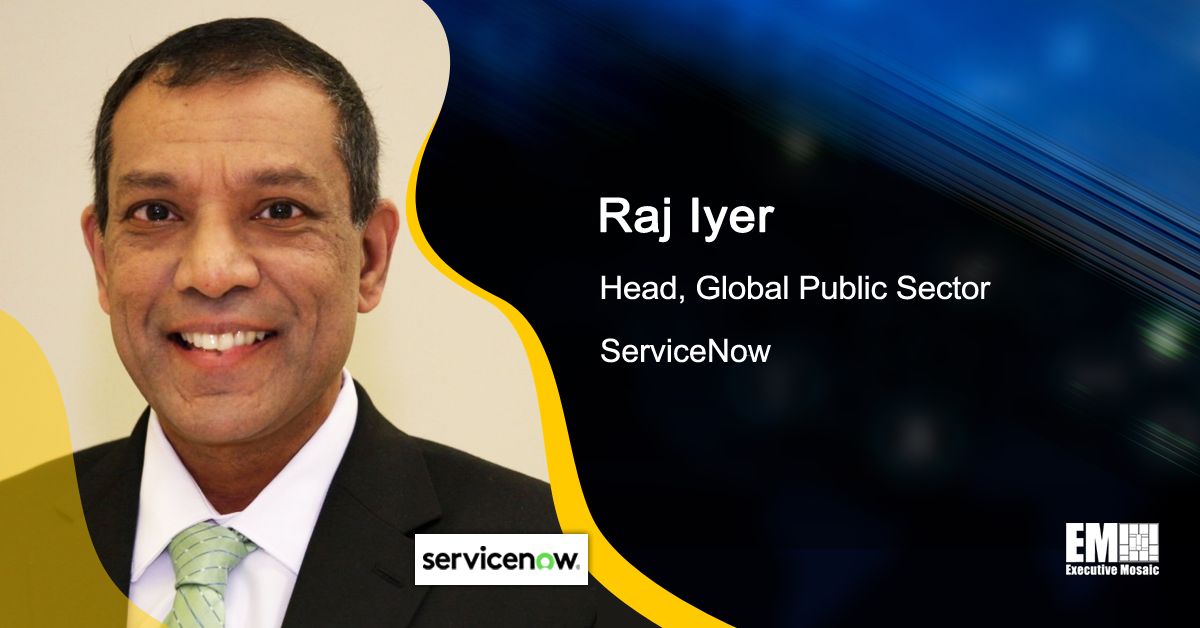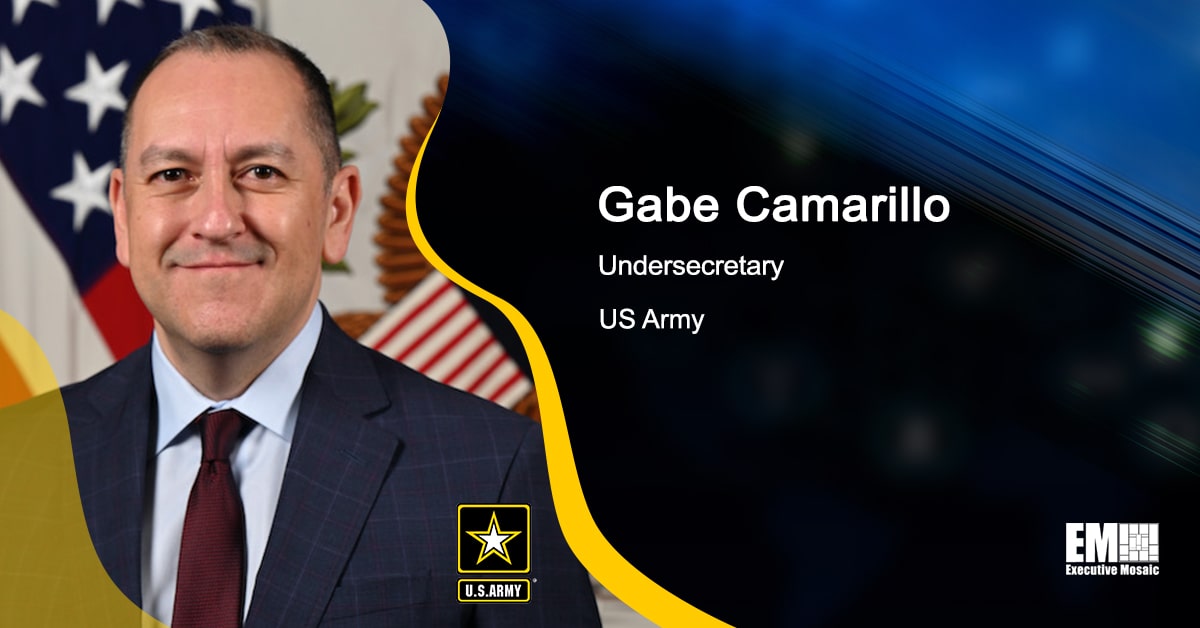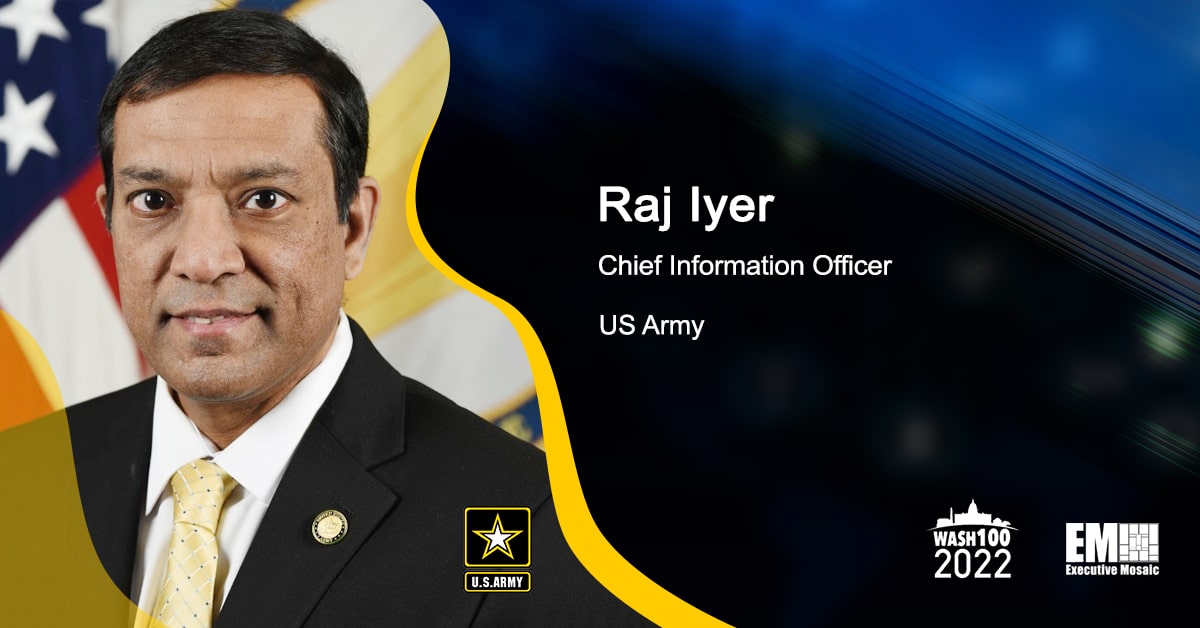As the U.S Army continues to invest in the most innovative digital technologies to adapt to the current era of modernization, the service branch has released a new Digital Transformation Strategy to build a bridge from today to the data and technology-centric Army of the future.
Raj Iyer, chief information officer of the U.S. Army and a recent 2022 Wash100 Award winner, expressed his humility to be named the first civilian CIO of the service branch with more than 247 years of history driving our nation and protecting us from impossible odds time after time.
However, we also emphasized the critical time that we currently live in and the importance of transforming the future of the U.S. Army heading into 2030 and beyond during Wednesday’s Second Annual Army IT and Digital Transformation Forum hosted by GovCon Wire Events.
“It’s absolutely critical that we provide our soldiers with the ability to be as effective as possible to support our mission,” Raj Iyer explained. “The future is something we must continue to transform towards, but what is even more important is to ensure we’re innovating for today.
How can we provide new ideas out and into the hands of our warfighters immediately without the need to go through years and years of prototyping and acquisition,” Iyer asked. “It’s about getting our capabilities into the hands of our soldiers in an incremental way. We’re not waiting for a ‘big bang,’ we need to be able to do this incrementally for our warfighters.”
The two-time Wash100 Award recipient continued his keynote address on Wednesday detailing how recent lessons learned from within the U.S. Army’s current operations are informing what the service branch is working towards in the broader transformation efforts moving forward.
Raj Iyer specified that in the 18 months that’s he’s served as the Army’s CIO, he has led the cloud to be established and scaled for the service branch, but there’s also been a lot of success and experimentation around tactical cloud edge computing and how we’re getting our data at the edge for soldiers to use with minimal risk.
In addition, Raj Iyer discussed the Army’s focus on its partnerships to continue developing these technologies as well as its people and the advancement of its digital workforce. He advocated for federal executives to focus on talent retention and the importance of addressing the current set of recruitment challenges as the Army has released its new Digital Human Capital Strategy.
“I think the ink is still drying on our Digital Human Capital Strategy, which addresses the full spectrum of how we will be able to innovate in terms of identifying the best talent from inside and outside the U.S. Army,” Iyer stated.
“How can we be creative to leverage the services and authorities from the U.S. Army to recruit the best talent out there, but also retain them for the long term and make a great career path for them to continue seeing good opportunities to grow and develop their skills? It’s essential for the U.S. Army to maintain a highly capable organic workforce to drive its goals for Army 2030.”


If you’re interested to learn more about the Environmental Systems Research Institute’s more than 50 years of history in creating cutting-edge GIS and Geodesign technologies, be sure to attend GovCon Wire’s next event, “The Contributions of Geospatial Science and Technology to Climate Change” on June 22.
Dr. Lorraine Tighe, director of Earth Sciences Solutions at Esri, will be featured as our fireside guest to discuss how Esri continues to evolve their mission to help organizations gain guidance, insight, and information from geospatial data to ensure a more sustainable Earth.
Click here to register for the event.









